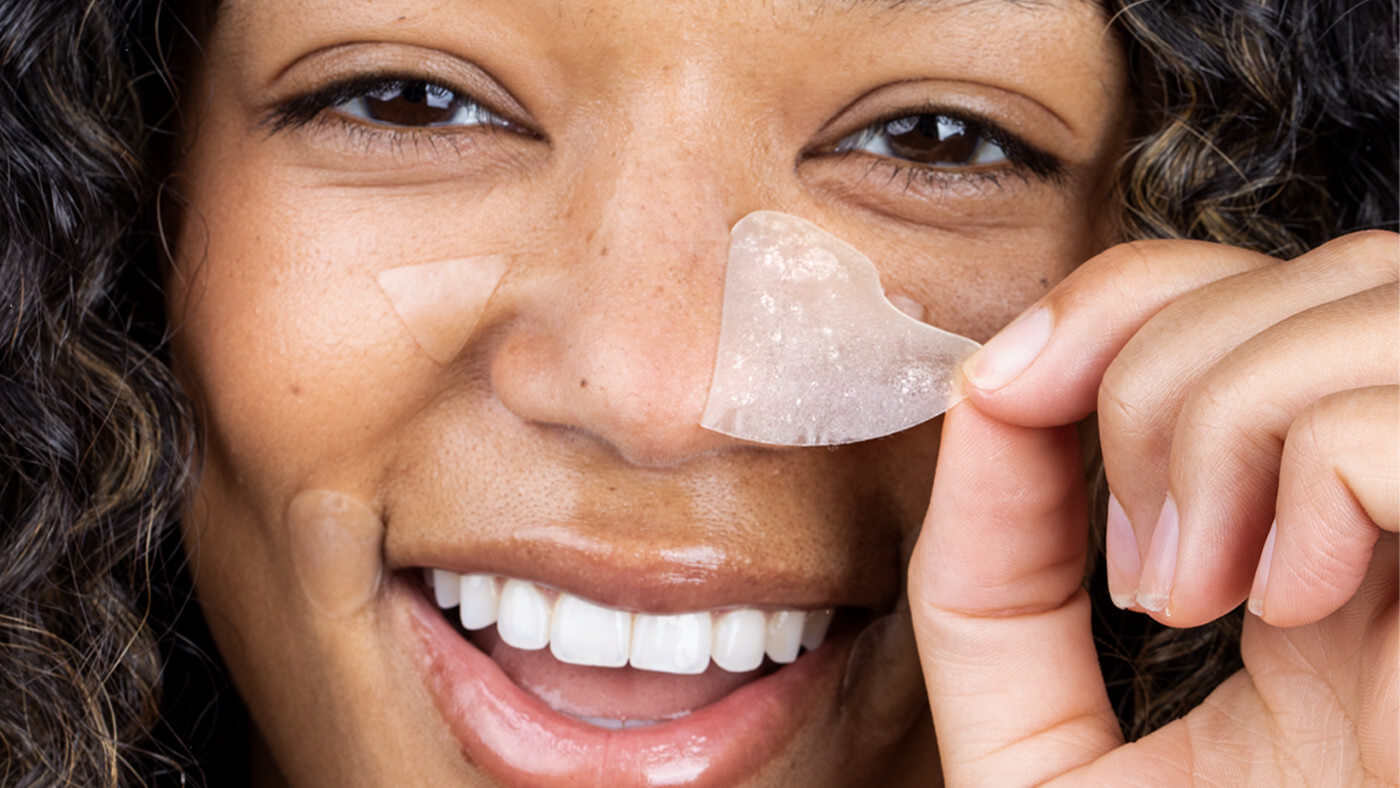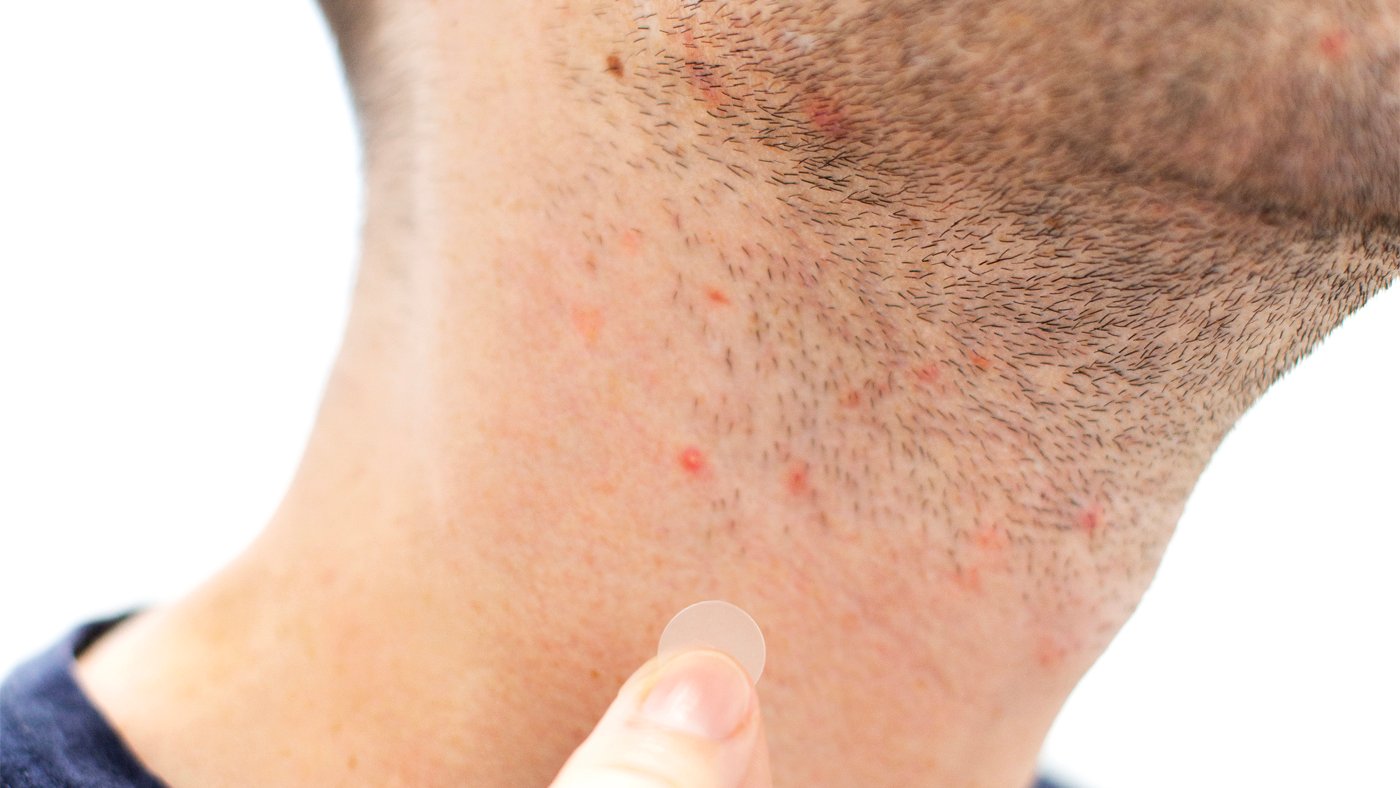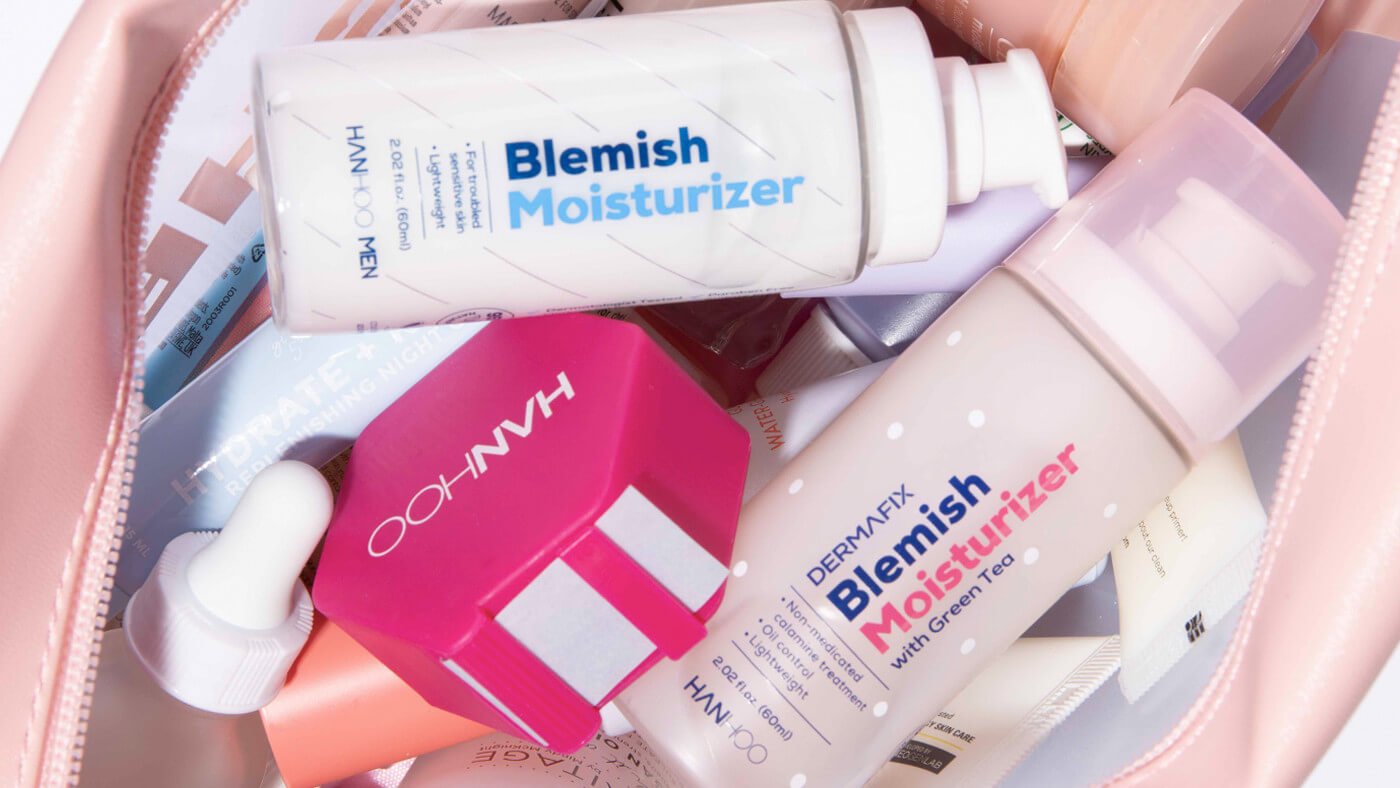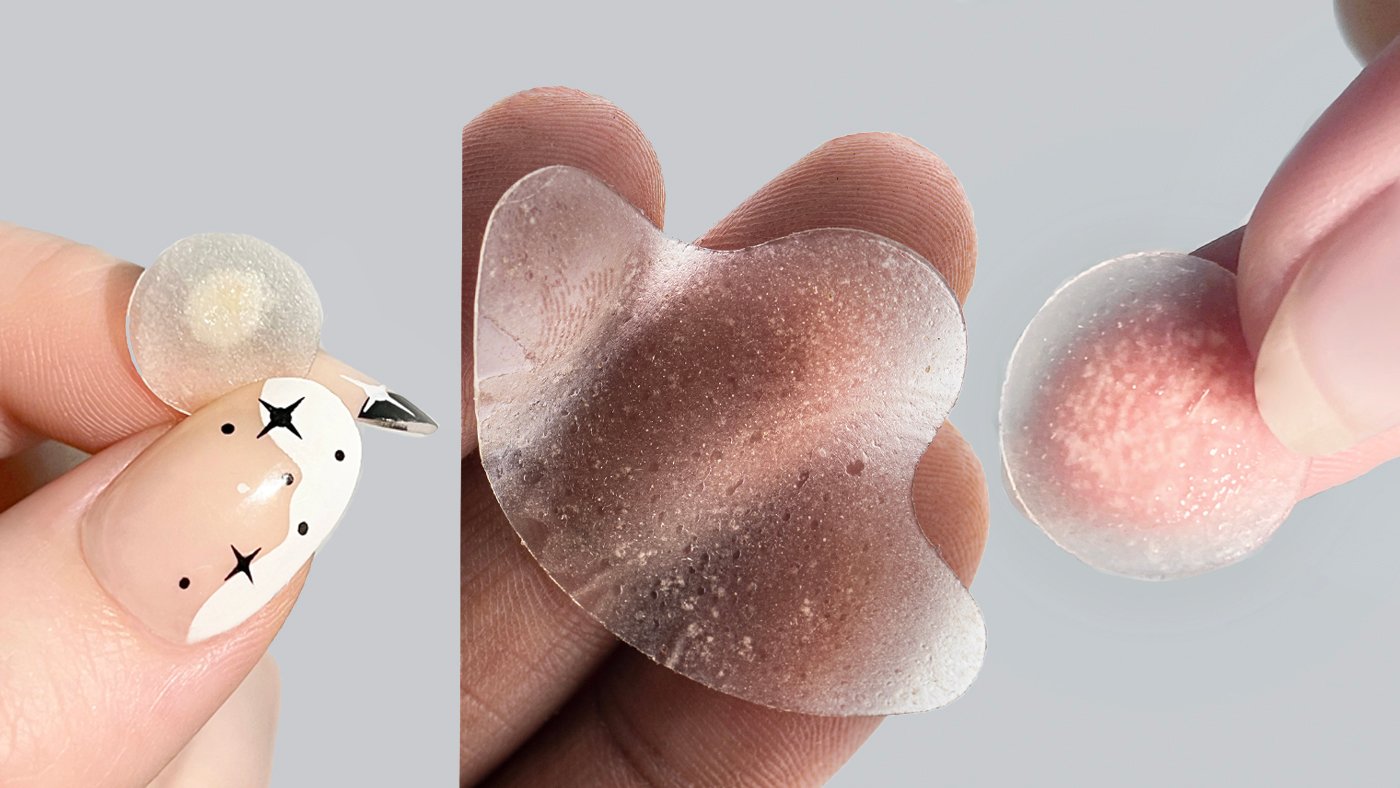While pore strips have been around for quite a while now, pore patches are a little more new (and a lot less painful).
You may recognize traditional pore strips as the paper strips you apply to the nose to get all those pesky blackheads out. Pore patches, on the other hand, are made of Hydrocolloid and while they don’t pull out blackheads the way pore strips do, they do help pull out gunk like excess oil and dead skin cells, resulting in pretty gunk patches.
Aside from being made from different materials, pore strips and pore patches also work pretty differently. While pore strips use adhesive to pull out blackheads, pore patches use the more gentle Hydrocolloid to absorb pore gunk to avoid damaging the skin.
Here’s a rundown of the differences between the two:
Pore Strips
Traditional pore strips are pretty well known for that trademark peel where you can see all the gross blackhead plugs pulled out of your pores by the patch. While they may have added ingredients like charcoal the main agent of a pore strip is the adhesive.
Although traditional pore strips may give some pretty instant gratification through the resulting gunk-filled strip, it may be doing more damage to the skin if used frequently.
Pulling out blackheads via a pore strip can also be painful. If you’ve ever used one, you may know the feeling. As you pull the skin, the tugging action can leave behind some redness and irritation. Plus, the adhesive may not be the best especially for sensitive skin types.
The results you get from pore strips are also not very long-lasting. Although they may pull out some black heads, they don’t really address the issue of clogged pores (like excess oil and dead skin cells that clog up pores). So, your pores just get filled right back up soon after.
Pore Patches
On the other hand, pore patches don’t need to be applied to wet skin to work (it’s actually the opposite). Pore patches work best when applied to clean, dry skin and left on for a couple hours (preferably overnight). Although different to pore strips, you still get that pretty satisfying peel with the visible excess oils and gunk absorbed into the patch.
Pore patches, like our T-Zone Pore Patch, are made with Hydrocolloid, which if you’re not familiar with, it’s a gentle material that helps absorb excess fluids and gunk. When applied to the skin, especially on oily areas like the t-zone, the pore patch helps absorb excess oils and gunk sitting on the skin.
Pores tend to clog up with things like excess oil and dead skin cells. So if you have too much of both just sitting on the skin, they can end up clogging up your pores resulting in blackheads.
So, your best bet would be to address the pore-clogging elements on the skin. Pore patches help absorb the excess oils produced by the skin to help minimize the look of clogged pores. And, as a plus if you happen to break out a lot on the t-zone pore patches can also help pull out pimple gunk to reduce the pimple size.
Lastly, since pore strips and pore patches are made of different materials, while pore strips may hurt to peel, pore patches don’t. The gentle material is pretty easy to peel off the skin and won’t leave behind any unwanted redness or irritation, so they are pretty safe to use as you’d like.
How can I clear up clogged pores?
If you deal with clogged pores and oily skin, to help keep your pores clear, you need to establish a good oil-balancing routine. By controlling the excess sebum and dead skin, you can help keep pores clear over the long run.
Here’s a good routine to follow:
- Cleanse the skin regularly (day & night)
- Exfoliate at least 2 times a week
- Use a toner to help soak up excess oil
- Hydrate the skin with a lightweight, water-based moisturizer
- Use the pore patches as needed to help soak up excess oil





